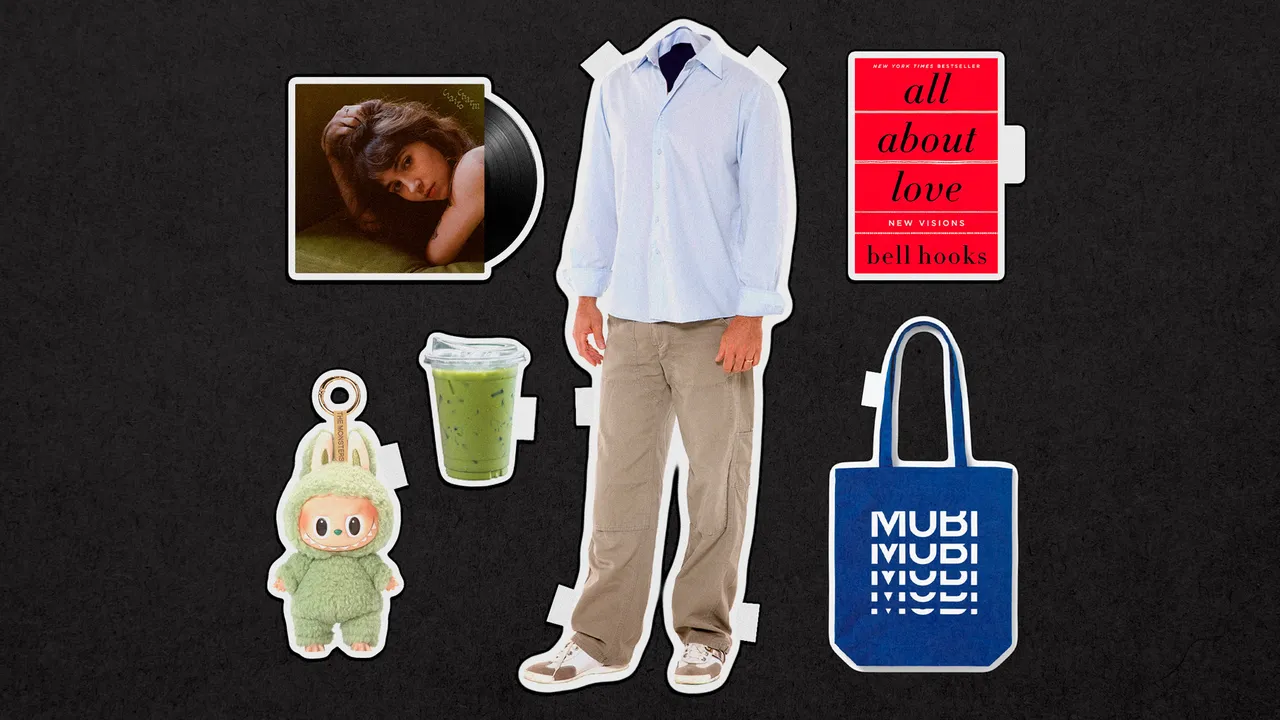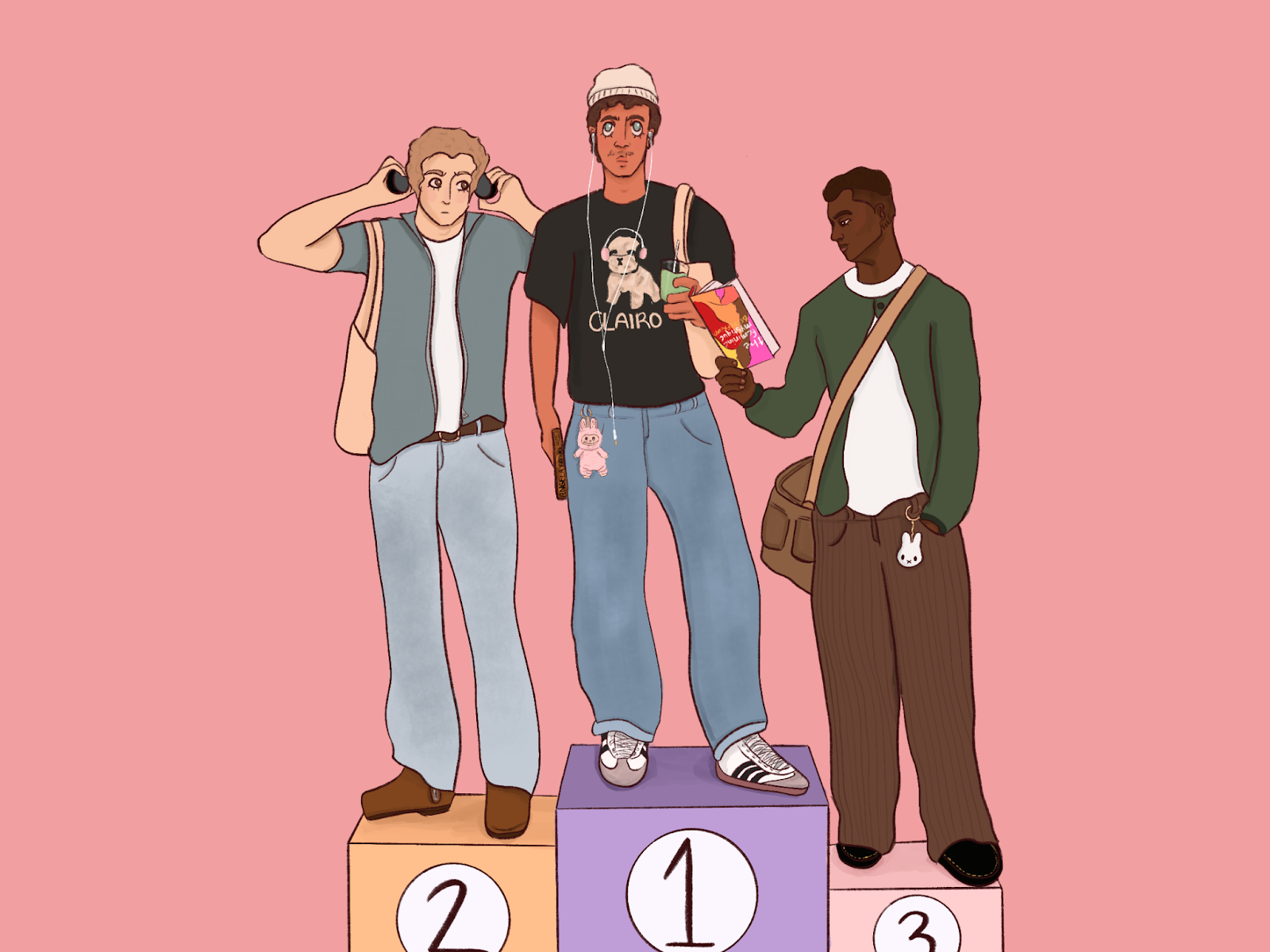We are excited to announce our $2M seed round led by Joa Capital.
Read Now

November 6, 2025
Syed Mohammad Sharfuzzaman Nayeem

The Performative Male meme was about men who have progressive or “soft” aesthetics. They read feminist literature, like matcha lattes, carry Labub keychains, listen to Clairo, and not necessarily because they like them, but because these traits have become some sort of signals.
And the new archetype of masculinity is going viral in 2025.
In fact, on August 9, Chicago hosted a Performative Male Contest with flyers boasting “Matcha? Labubus? Clairo? Totes?” offering a matcha gift card as a prize. College campuses, such as Temple, UNC, William & Mary, and the University of Wisconsin–Madison, followed suit.
Even fashion brands joined in, mirroring the symbolism. The trend went viral on TikTok, garnering millions of views and sparking debates about authenticity, gender norms, and commercial opportunities.
In addition to all that success, the meme also became a quick study for brands on how borderline parody trends could become monetizable behavior.

So in 2022-2024, memes surfaced poking fun at men for leaning into soft aesthetics like ready publicly or showing emotional sensitivity. The performative male trope hadn’t become much popular yet.
But by mid-2025, the trend surged. Outlets like Hypebae and The Guardian reported on its popularity and the growing number of contests.
And just for some context, it pulled really good numbers -
People were participating in these contests ironically. Of course, fashion brands had to get their hands dirty as well.
Jonathan Anderson’s Dior SS26 featured handbags resembling classic literature. New Balance released billboards reading “Stop performative reading. Your matcha will understand.”
The design choices and statements show how brands were picking up pieces of the meme’s aesthetics.

It wasn’t all celebration and applause for the meme. It did get a lot of reach, but some factions mocked the trend.
Some participants embraced the performative male label ironically. They were being satirical, self-aware, and poking at masculine norms.
However, many thought that the meme reinforces gender stereotypes. That if a man is showing sensitivity or reading a book, it has to be performative. That soft aesthetics always means femininity.
Even media outlets pointed out this tension -
The Guardian highlighted how some men were exploiting this aesthetic without genuine support for progressive causes. They were basically using visual cues like the Labubu toys or feminist slogans to get social points.
Some even entertained the idea that this new archetype is Gen Z’s identity crisis, trying to reject toxic masculinity and embrace authenticity.

The trend had commercial potential, and so companies adopted it using -
Their strategy to ride the wave was successful as they saw an increasing social media impressions and media mentions. But But risk grew when associations became politically heavy or when the brand appeared insincere.
Brands that lean too hard into parody without internal authenticity risk being called out. Performative behavior invites critique, and brands are vulnerable to backlash if their actions don’t match their claimed values.
This phenomenon could give us a few strategic insights on how to approach marketing when it comes to trends -
If you adopt elements of a meme or movement, ensure the visuals or values align with your brand identity. Using symbols without understanding their cultural weight leads to authenticity gaps. I mean, anyone could make a meme out of a trend just because it’s popular. But the question is, “Is it relevant to your brand in this context?”
Social listening isn’t a tech-heavy concept anymore. It’s essential to what marketers try to do daily.

When the performative male meme showed up, patterns of critique, satire, and backlash followed. So, if you are a brand tracking sentiment in real time, you can differentiate between playful adoption and harmful stereotyping and adjust messaging accordingly.
Participating in ironic contests or memes can yield engagement, but you need to be careful not to trivialize serious conversations about gender, emotional health, or feminist causes. If you're using feminist literature as a prop, ensure your actions or partnerships reflect genuine support.
The performative male contests showed the power of IRL activation, when young people gathered and accessories, wardrobes, and statements were judged in public. You can gain trust by supporting or sponsoring community-led events rather than imposing marketing from above.
Your reputation is what counts in the end. A brand that gets swept into a meme without consistent behavior to back it up may get initial praise or criticism, but risks being seen as opportunistic.
The performative male meme assumes certain interests or aesthetics are feminine or outsourced from women. Such assumptions can reinforce gendered labor imbalances.
Labeling men as performative for expressing certain tastes may discourage genuine emotional openness or progressive views. Such views is a recipe for garnering negative social sentiment because no one likes to be stereotyped or put in a category for an action.
Meme trends can provide growth in awareness, but converting that into sustainable brand loyalty or revenue is non-trivial.
The trend was more than a comic relief in Gen Z culture. It’s a clear example that viral trends offer opportunity, but demand responsibility. Plus, keeping an eye on social sentiment can always save you from being an opinionated brand no one likes.
Liked this? Pretty sure you will love this study on America’s most talked about engagement.
Discover How Audience Intelligence can help your brand grow